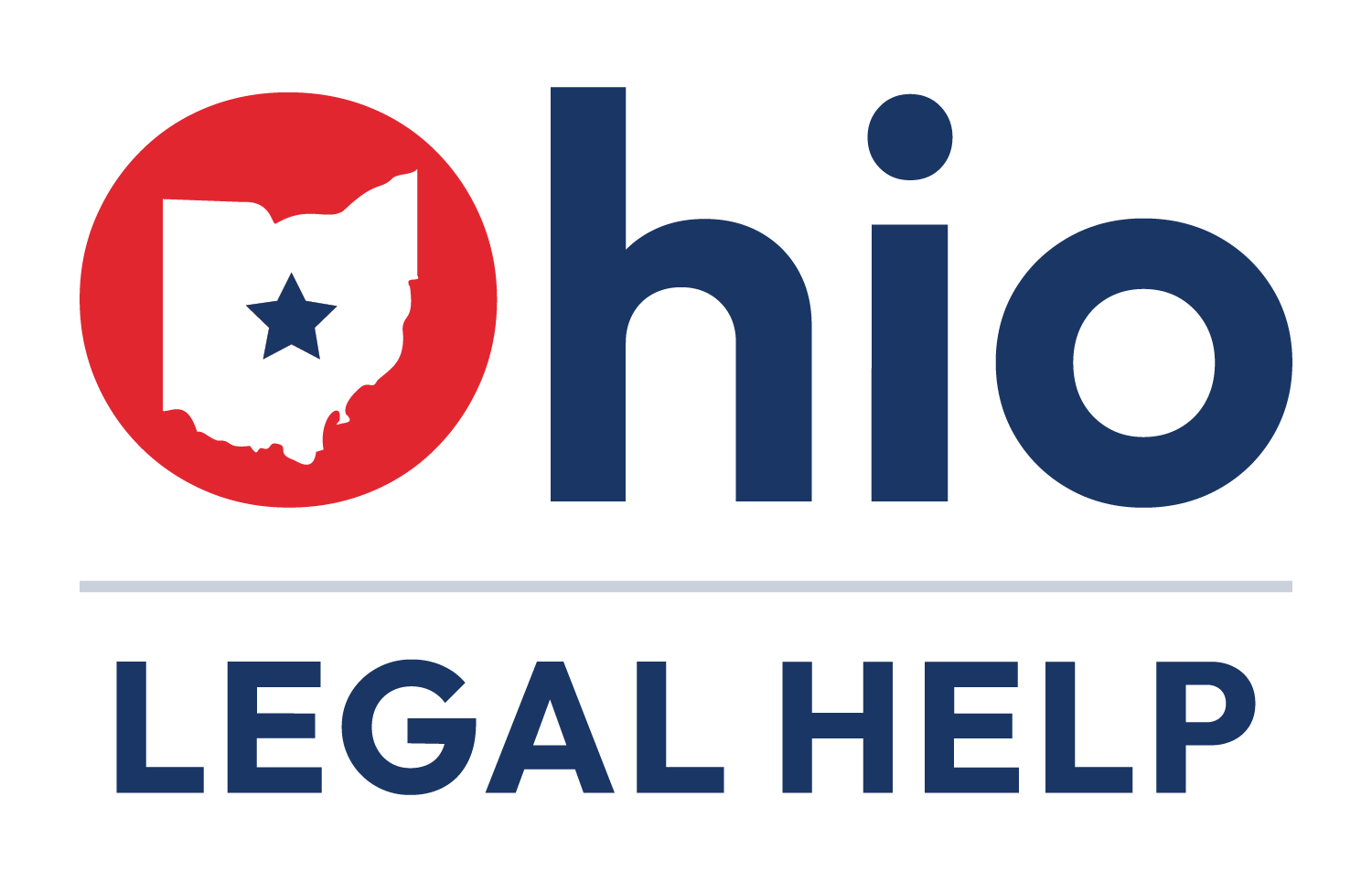Getting a work permit
If you are not a U.S. citizen or lawful permanent resident ("green card" holder), you need employment authorization, also known as a work permit, in order to legally work in the United States. A work permit will only be valid for a certain period of time, and the length of time depends on the situation. It is important to understand these expiration dates and whether there are any extensions.
This page was last updated on April 24, 2024.
There are many different ways a person may be eligible to apply for a work permit. Some people obtain work permits while their application for a more permanent status is pending. For example:
- Asylum applications. An asylum applicant may receive a work permit after the asylum application has been pending for 6 months.
- Other humanitarian status. If you are pursuing other humanitarian programs such as relief under VAWA, U visa or T visa, you may be eligible for a work permit. Learn about humanitarian paths to immigration status.
- Applications for lawful permanent residence. If you are pursuing your green card through a family member or an employer, you may be eligible for a work permit, but that is typically not until you are at the stage of applying for your green card and you may receive a work permit while you wait.
People with certain types of temporary status may be eligible to get a work permit as long as they hold that status. For example:
- TPS. Temporary Protected Status (TPS) allows individuals from designated countries to live and work in the U.S. The U.S. government decides when to extend TPS to certain nationalities, usually because the situation in the home country has become dangerous. Having TPS makes you eligible to get a work permit. Learn more about TPS.
- DACA. Deferred Action for Childhood Arrivals (DACA) allows people who entered the U.S. as children to stay here temporarily without risking removal. Having DACA makes you eligible for a work permit. Learn more about DACA.
- Parole. Certain parole programs designed to assist specific populations, such as Ukrainian humanitarian parole, include authorization to work.
You can find more information in the Application for Employment Authorization on the U.S. Citizenship and Immigration Services website.
